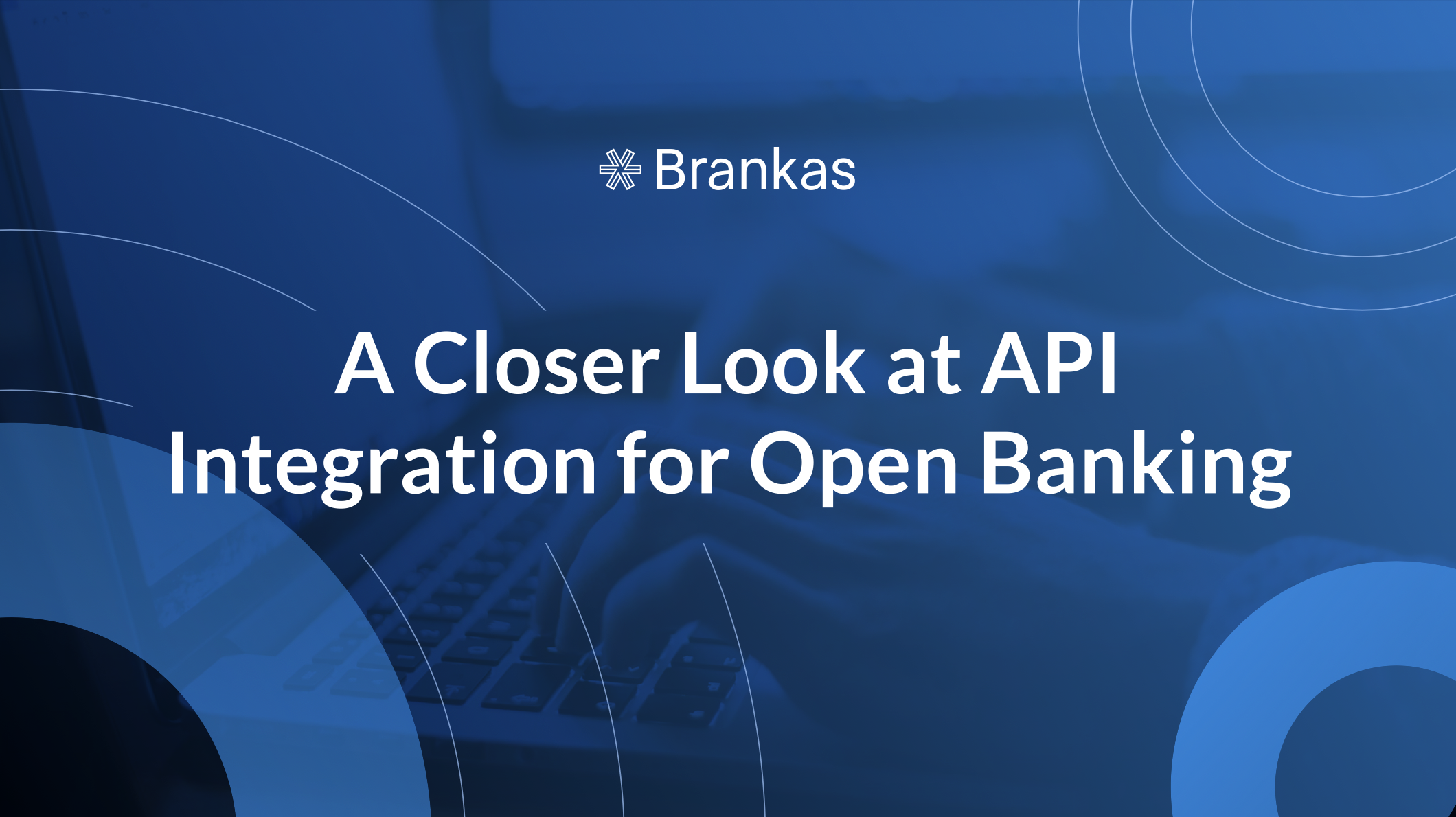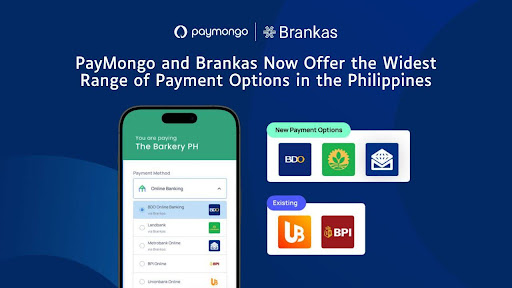
This guide will inform you how to efficiently handle your SSS contributions online, offering you a hassle-free and secure way to ensure financial security.

Open banking is ushering in a new era where financial services are not confined within silos but seamlessly interconnected. API integration makes this possible. The integration of APIs in open banking facilitates the smooth exchange of information between different banking systems. A customer viewing transactions from various accounts in a single application or swiftly transferring funds between different banks are tangible outcomes of strategic API integration in open banking.
Open banking is a financial innovation that leverages technology to enable secure data sharing and collaboration among various financial institutions. It involves the controlled opening of banking infrastructure and customer data to third-party developers and service providers through APIs (Application Programming Interfaces). These APIs act as digital bridges to facilitate the seamless exchange of financial information between different banks and authorized third-party providers (TPPs).
The Open Banking Project (OBP) provides an open-source platform financial institutions use to share data with FinTech companies. These APIs link the internal databases of banks with external services and apps. Think of open banking APIs as bridges for data to move between different places. Banks can create their own APIs or use existing platforms. APIs in the UK, however, must follow the standards set by the Open Banking Implementation Entity (OBIE).
APIs are sets of rules and tools that facilitate data exchange between different software applications. APIs act as digital messengers in open banking that allow financial institutions to communicate seamlessly. They are the conduits through which data flows, enabling functionalities like accessing account information, initiating transactions, and retrieving financial details securely.
The primary function of APIs in open banking is to facilitate secure and efficient access to financial institutions' data by TPPs. Open banking relies on APIs to empower TPPs to offer their products and services. Through an OB login, bank APIs grant FinTechs access to essential financial information, including balances, accounting details, cash flow, and transaction data.
API endpoints are specific URLs or URIs that applications use to access particular functionalities or resources. In open banking, these endpoints act as gateways to retrieve specific data, such as transaction history or account details. Data transmission occurs through these endpoints, enabling the swift and controlled exchange of information between different financial systems. This approach ensures that only authorized data is accessed, maintaining the security and privacy of financial information.
Security is a significant concern in open banking. Authentication protocols play a crucial role in ensuring the integrity of the API integration process. These protocols involve mechanisms such as API keys, OAuth, or tokenization to verify the identity of parties involved in the data exchange. By implementing robust authentication, financial institutions can mitigate the risk of unauthorized access, safeguarding sensitive customer data from potential threats. This layer of security is essential for building trust in open banking systems and complying with stringent regulatory standards.
Selecting the right APIs begins with an evaluation of suitable endpoints that align with specific banking services. These endpoints act as gateways to access distinct functionalities, such as retrieving account information or initiating payments. Identifying the most relevant endpoints ensures that the integrated APIs fulfill the precise requirements of the financial services being offered, enhancing the overall user experience.
The success of API integration hinges on the choice of reliable providers. Financial institutions must assess potential API providers based on factors like, reliability, security, and scalability. Compatibility with existing systems is essential to ensure a smooth integration process. Collaborating with trusted API providers establishes a foundation for seamless communication and reliable data exchange, which are essential elements in the success of open banking initiatives.
The case study of PERA HUB, a financial service provider in the Philippines, provides a tangible illustration of successful API integration in open banking.
PERA HUB successfully unveiled its Digital Remittance Platform, a testament to the seamless integration achieved through Brankas' Open Finance Suite. This comprehensive suite empowers banks and institutions to modularize their banking infrastructure into adaptable components. These components can be provided to TPPs. The partnership with Brankas has empowered PERA HUB to establish an open API hub. This hub serves as a centralized command center, allowing PERA HUB to manage all partners and endpoints efficiently through a unified dashboard.
This real-world example exemplifies the transformative impact of API integration in open banking, echoing the principles of transparency, collaboration, and enhanced user-centric experiences highlighted in the broader discussion of Open Banking Implementation.
1. Maintaining data integrity and consistency
Ensuring data integrity is a non-negotiable aspect of successful API integration. Financial transactions involve sensitive information, and any compromise can have severe consequences. Protocols such as encryption and data validation are employed to maintain data integrity.
2. Scalability: Future-proofing for growth
Financial institutions must adopt API integration practices that are scalable, capable of handling increased data volumes, user interactions, and expanding service offerings. This future-proofing ensures that integrated systems can adapt and grow alongside the increasing demands and complexities of the financial landscape.
By implementing these best practices, financial institutions guarantee that the information exchanged through APIs remains accurate, unaltered, and reliable.
Open banking operates within a highly regulated environment, with various jurisdictions imposing specific standards and requirements. Navigating this complex regulatory landscape is a significant challenge for financial institutions. It requires a deep understanding of regional and global regulations, such as GDPR and PSD2. Ensuring compliance with these standards is a legal necessity and essential for building trust among users. Financial institutions invest in legal expertise and compliance teams to navigate this intricate web of regulations effectively.
To address the challenge of regulatory compliance, financial institutions implement compliance monitoring tools and protocols. These tools continuously monitor the API integration processes, ensuring they align with regulatory requirements. Automated alerts and reporting mechanisms are integrated to promptly identify and rectify any deviations from compliance standards. This proactive approach not only aids in avoiding potential legal repercussions but also establishes a culture of adherence to regulatory standards within the organization.
Open Banking Implementation is a strategic initiative aimed at transforming traditional banking structures by fostering openness and collaboration. The primary objective is to enable secure and standardized access to financial data, empowering consumers and businesses to utilize a broader range of financial services. This shift towards transparency and inclusivity redefines the relationship between financial institutions and consumers, fostering a more dynamic and user-centric financial ecosystem.
The concept of Open Banking Implementation has evolved in response to technological advancements and changing consumer expectations. Initially conceived as a means of breaking down information silos within financial institutions, it has evolved into a broader vision of interconnected financial services. This evolution reflects the industry’s commitment to adaptability, innovation, and providing enhanced value to consumers through seamless data sharing and integration.
Open Banking Implementation Entities (OBIE) play a central role in facilitating the integration of open banking initiatives. Their primary responsibility is to establish and maintain the standards and frameworks that govern how financial data is shared and accessed. OBIE acts as a coordinating force, working closely with financial institutions, regulatory bodies, and technology providers to ensure a harmonized and secure implementation of open banking. OBIE contributes to the creation of a robust and interoperable financial ecosystem by defining and enforcing standards.
The real-world impact of OBIEs is evidenced by their instrumental role in driving open banking initiatives globally. In the UK, the Open Banking Implementation Entity has overseen the development and implementation of standardized APIs, ensuring secure and standardized data sharing across financial institutions. This enhances consumer choice and stimulates innovation within the FinTech industries. Similar entities in other regions have followed suit, illustrating the global momentum behind Open Banking Implementation and its transformative impact on the financial industry.
Open Banking Implementation Options
The choice of how to implement open banking depends on various factors such as the institution’s size, technical capabilities, budget, and strategic goals. These are the standard practices and trends in the industry:
1. In-house development
Financial institutions may choose to develop their open banking solutions in-house. This option offers a high degree of control and customization but requires substantial resources, including skilled development teams and ongoing maintenance.
2. API platforms and solutions
Many organizations opt for third-party API platforms and solutions provided by specialized vendors. These platforms offer pre-built APIs, reducing development time and costs. They often come with security features, compliance tools, and support, providing a comprehensive solution for open banking implementation.
3. Collaboration with FinTechs
Financial institutions can collaborate with FinTech companies that specialize in open banking solutions. This collaborative approach allows banks to leverage the expertise and agility of FinTechs, fostering innovation and accelerating the implementation process.
4. Open Banking-as-a-Service (OBaaS)
Open Banking-as-a-Service is an emerging option where dedicated service providers offer a comprehensive suite of open banking functionalities. This option allows financial institutions to adopt open banking quickly without extensive development efforts, focusing on their core competencies.
5. API aggregators
Some institutions choose to work with API aggregators that consolidate and manage multiple APIs from various sources. This simplifies the integration process, reducing the complexity of connecting with different financial service providers.
6. Hybrid approaches
Hybrid approaches involve combining elements of in-house development, third-party solutions, and collaborations. This allows financial institutions to tailor their open banking implementation strategy based on specific needs, balancing control, and efficiency.
Open banking represents a fundamental reimagining of how financial services are delivered and experienced. As the industry embraces the possibilities offered by APIs and Open Banking, the path forward involves continuous adaptation, collaboration, and a commitment to building a financial landscape that is more accessible, secure, and responsive to the evolving needs of consumers and businesses.

This guide will inform you how to efficiently handle your SSS contributions online, offering you a hassle-free and secure way to ensure financial security.

Enable seamless, secure, and direct online banking payments with Brankas through PayMongo, featuring top Philippine banks BDO, Metrobank, and Landbank.